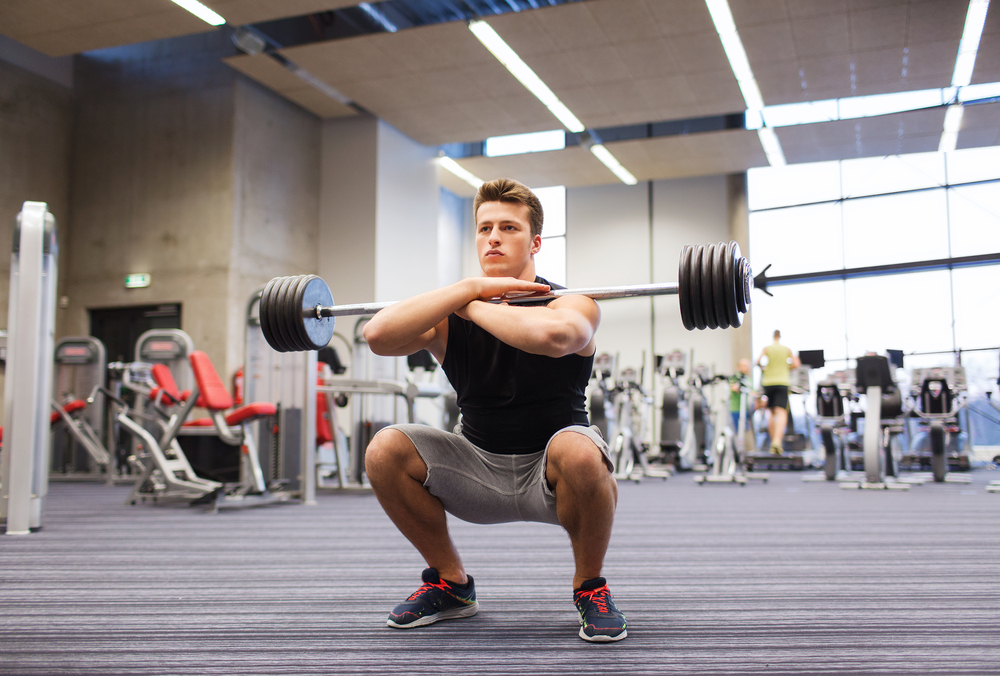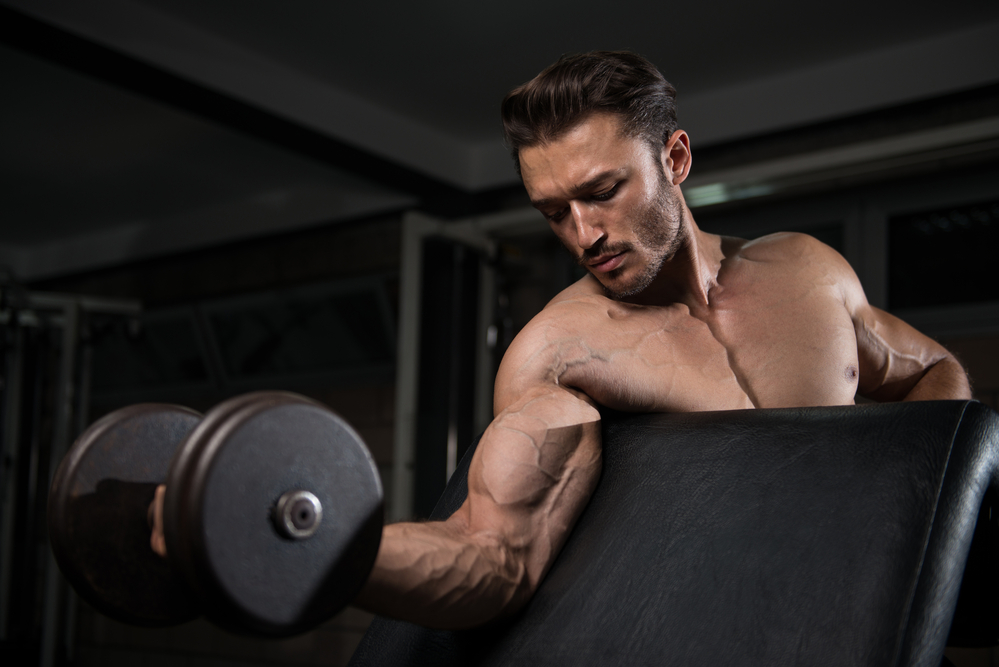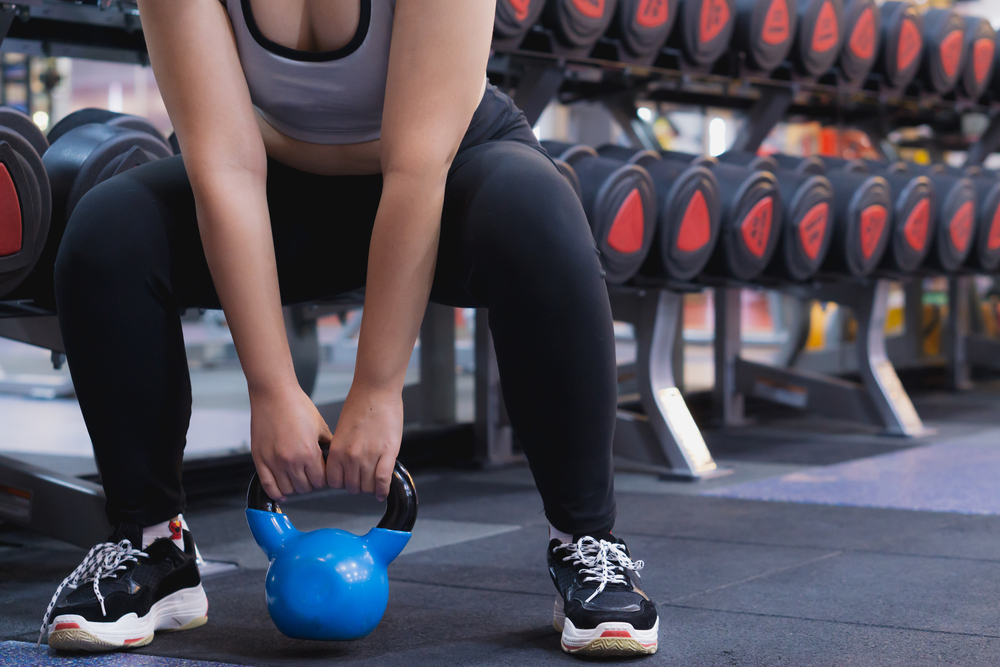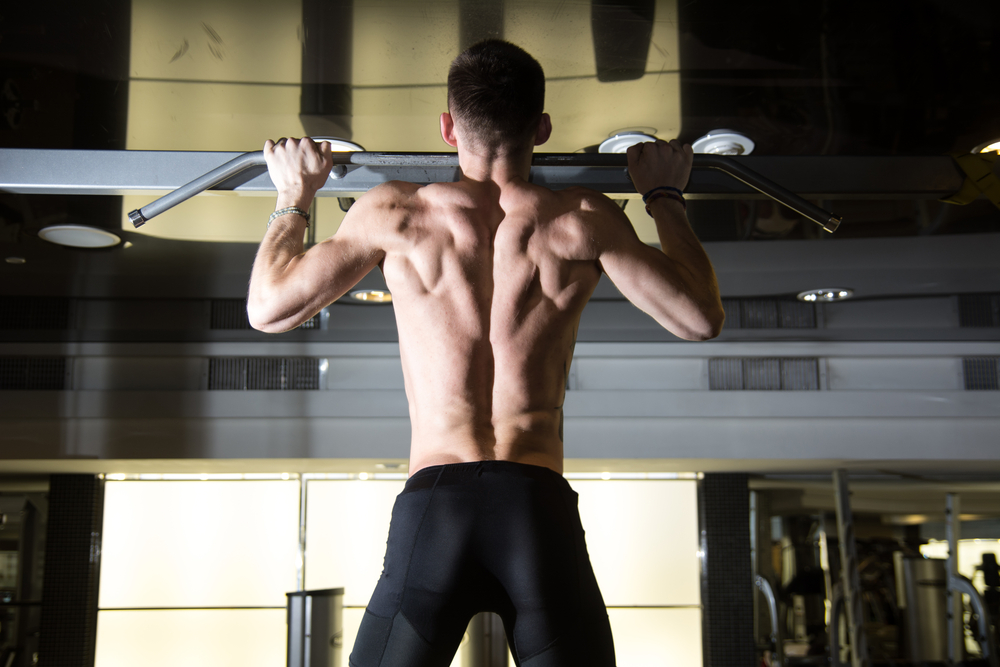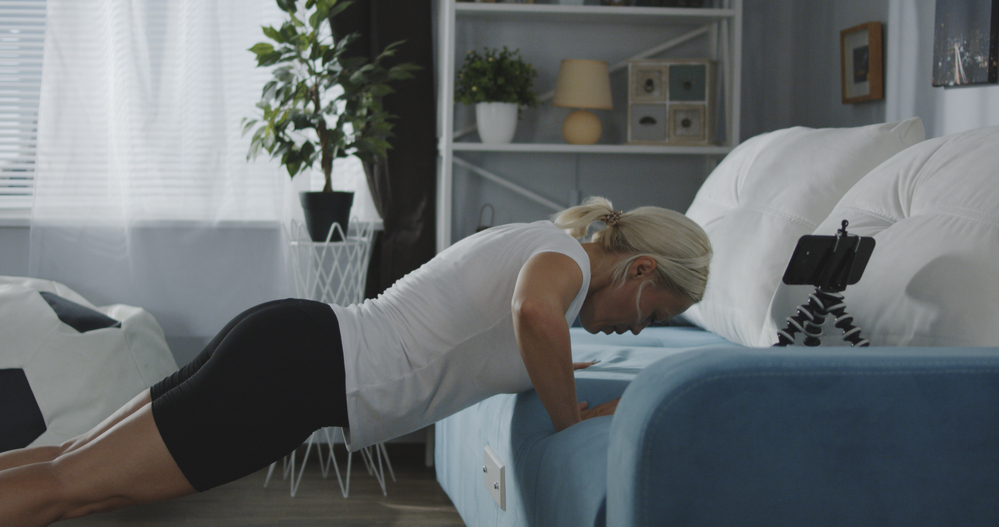
Table of Contents
Incline push-ups can be used to target specific areas of the chest or to add variety to your regular workout routine. Depending on the position of your torso to the horizon, you can increase or decrease the load compared to classic push-ups, and shift the focus to the lower or upper pectoral muscles.
The dependence of the load on the inclination of the body
Usually, the legs and arms are on the floor, and during the movement, the body assumes a parallel position to the floor. Depending on how we place our hands, we can force the pectoral muscles (palms wide) or triceps (palms narrow) to work hardest. But what happens if we raise our legs above our head, or, conversely, put our hands on a stand?
Legs on a support
When the legs are higher than the head, the arms mainly carry the weight of the body, and the arms are known to be smaller and weaker than the legs. Therefore, this type of push-up is a complicated variation of the classic exercise. You should include such push-ups in your training program if you have already mastered the basic push-ups to perfection.
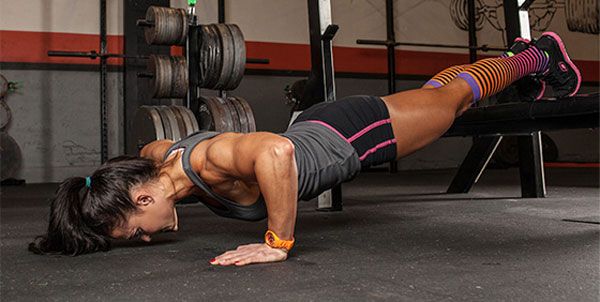
In fact, feet elevated push-ups are an inverted version of a bench press with a positive incline. At the same time, the upper part of the chest is emphasized. More specifically, the load distribution looks like this:
Pectoral muscles (emphasis on the upper part)
Deltoid muscles (anterior bundles)
Triceps
Abs and back muscles work in statics
The wider we put our arms, the more actively the chest works, especially the outer part, the narrower – the greater the load on the triceps. With a narrow arrangement of the arms, the load, which still goes to the chest, is shifted to their inner part.
In addition, the higher you put your feet, the more deltoids are involved. If we continue to raise our legs and get to the handstand push-up, it will actually be a shoulder exercise.
https://www.youtube.com/watch?v=cszYvNqhoUw
The optimal body slope for developing the upper chest is 30-45 degrees at the lowest point (chest near the floor). That is, in the initial position, it is enough to put your legs on a bench or fitball. With the latter option, the body is also actively working.
Hands on a support
When we place our hands above our legs, that is, on a bench or stand, most of the bodyweight falls on our legs. And this is a completely natural state of affairs, we carry all our weight on our feet every day. Accordingly, such a version of the exercise is much easier than the legs above the head version.
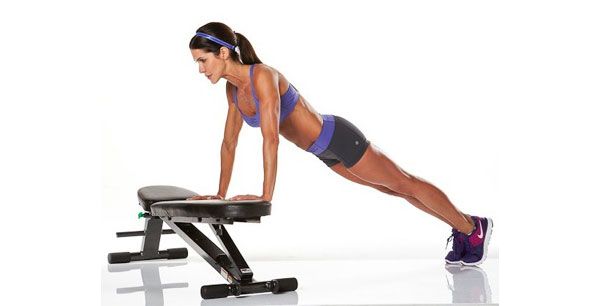
Such a type of push-up is well suited for beginners who are still struggling with the classic version of the exercise.
Why do seasoned athletes do it? The answer is simple – the exercise works great for the lower pectoral muscles. Therefore, if for some reason this area is problematic for you, you can purposefully work on its development. Use a weight such as a backpack or a vest.
The load distribution looks like this:
Pectoral muscles (emphasis on the lower part)
Triceps
Muscles of the press, back, and legs are under static stress
Precautionary measures
Push-ups in most cases do not provide for mandatory additional weights. Therefore, they are safer than barbell presses or dumbbell presses. However, in case of injuries to the elbow, shoulder joints, or hands, it is better to refrain from exercise until complete recovery.
The inverted version of push-ups should be used with caution in case of increased pressure, vascular diseases of the head or eyes.
Feet elevated push-ups technique
Get into a prone position as you would for a classic push-up. The palms are under the chest, the distance between them is chosen based on your training goals. If you want to load your chest as much as possible – put your arms wider. Work on developing your triceps. If you are specifically interested in the inner part of the chest, use a narrow palms position.
https://www.youtube.com/watch?v=SKPab2YC8BE
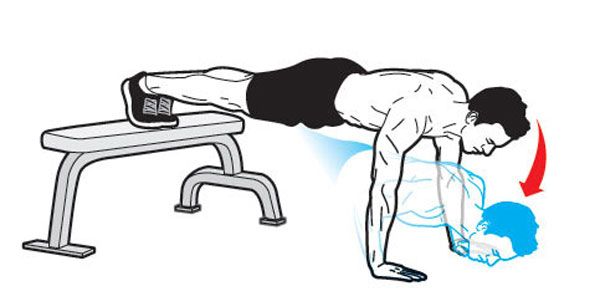
Repeat the exercise the required number of times, for example, 10-15 reps. Rest and do 2-3 more sets.
Hands elevated push-ups technique
Everything here is almost the same as in the previous version. Place your hands on support and step back with your feet until your body is completely straight.
https://www.youtube.com/watch?v=5MhQS8nU-HU
If the exercise seems too easy for you, use additional weights (to emphasize the work of the lower chest) or go to the classic push-ups (to increase the load).
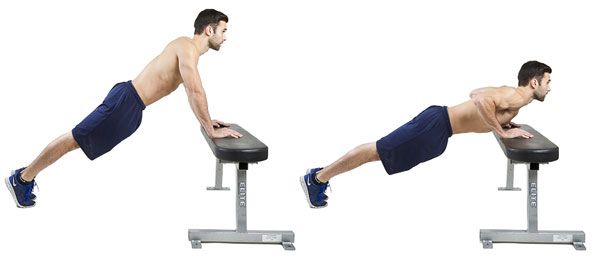
Do the exercise for 10-15 reps in 3-4 sets.
By doing push-ups regularly, you will be able to comprehensively work out the muscles of the upper body, increase strength and endurance.



